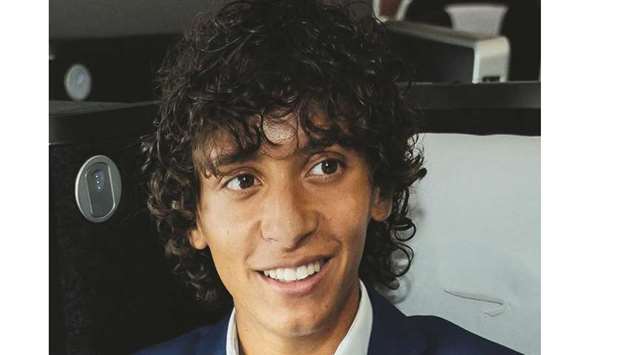It’s the ‘air travel amid Covid-19’ debate that’s continuing to cause headlines. Should passengers be spread out around the aircraft cabin in line with the social distancing measures the majority of the world are having to adhere to on the ground today?
After limiting the number of people on flights since April, American Airlines announced last Friday that its aircraft will likely be full in a few days. “As more people continue to travel, customers may notice that flights are booked to capacity starting July 1,” the airline said in a news release. “American will continue to notify customers and allow them to move to more open flights when available, all without incurring any cost.”
When such policies are pursued, the seat load factor of an aircraft is artificially capped — a measure most airlines are not willing to implement given the immediate limitation on revenue for the flight.
“When it comes to blocking middle seats, that’s a PR strategy, that’s not a safety strategy,” said Josh Earnest, United’s chief communications officer, on a call with reporters. “When you’re onboard the aircraft, if you’re sitting in the aisle, and the middle seat is empty, the person across the aisle is within 6 feet from you, the person at the window is within 6 feet of you, the people in the row in front of you are within 6 feet of you, the people in the row behind you are within 6 feet of you.”
Earnest’s comments come a day after two federal health officials criticised American Airlines for changing its policy to book flights to capacity. The Centers for Disease Control and Prevention didn’t immediately comment.
Shortly after United’s statement, Delta tweeted its statement from Friday that it would keep its economy cabins no more than 60% full through Sept. 30, “to make more space for safer travel.”
Depending on the aircraft type and the seat configuration, social distancing could reduce the available seat capacity by 33-50%. An Airbus A320 with a 3-3 seat configuration, social distancing could mean leaving the middle seat empty on both sides of the aisle. In contrast, for turboprop aircraft with a 2-2 seat configuration, it could imply filling only one seat per row on each side of the aisle. If the entire global fleet of aircraft is considered, we estimate that such social distancing would reduce the bookable seat capacity to 62% of normal capacity.
The proportion of seats filled on an aircraft (load factor) is an important driver of airline financial performance. IATA confirmed that based on a sample of 122 airlines, on average, airlines break even at a load factor of 77%. Only 4 airlines in the sample could break even at load factors below 62%. The remaining 118 airlines would, with their current pricing policies, become loss-making at load factors below 62%.
It is also debatable whether airlines would be able to achieve the full 62% load factor when the bookable capacity is capped. Due to seasonality of demand, achieved load factors can rarely average at higher than 80-85% of the bookable capacity. Even if a large number of aircraft are grounded currently and airlines have some possibility to optimise their fleet allocation between flights, we estimate that airlines could fill on average about 85% of 62%, i.e. 53% of their seats. Under this assumption, only two charter carriers in the sample would break even.
Moreover, even if implemented keeping the ‘middle seat’ open will not provide the recommended separation for social distancing to be effective. Most authorities recommend 1m-2m while the average economy class seat width is less than 50 cm.
In order to cover the costs of a flight with fewer passengers on board, airlines would likely need to increase air fares just to break even — but raising air fares in an environment where demand is expected to be weak and slow to recover is unlikely to be possible, at least initially.
“Airlines are fighting for their survival. Eliminating the middle seat will raise costs. If that can be offset that with higher fares, the era of affordable travel will come to an end. On the other hand, if airlines can’t recoup the costs in higher fares, airlines will go bust. Neither is a good option when the world will need strong connectivity to help kick-start the recovery from Covid-19’s economic devastation,” said de Juniac, CEO of IATA.
Instead, airlines must now make significant changes across the air travel experience: Pre-flight; at the departure airport; onboard; and post-flight. It will require governments to assume broad new responsibilities in terms of assessing and identifying traveller health risks, as governments did for security after 9/11.
I’m continuing to hold conversations with airline CEOs worldwide, discussing the importance of health protection measures if air travel and Covid-19 are going to (as safely as possible) coexist for the long-term. IATA and ICAO are both in agreement that there is currently no single measure that can mitigate all the bio-safety risks of restarting air travel. Instead, the two organisations believe that implementing a range of measures that are already possible represents the most effective way of balancing risk mitigation with the need to unlock economies and to enable travel in the immediate term.
*The author is an aviation analyst.

